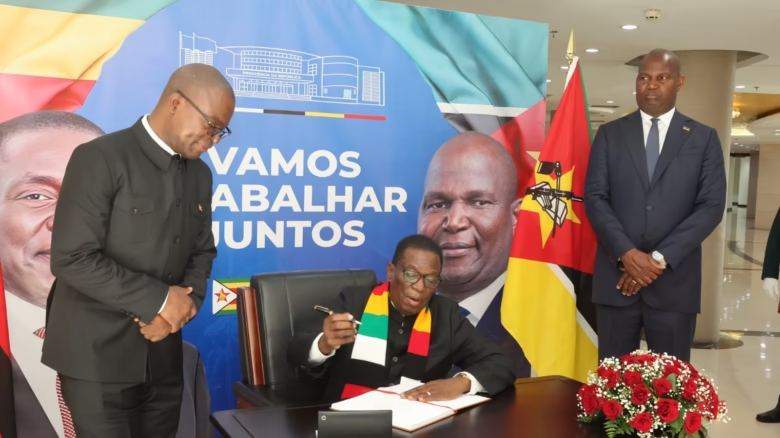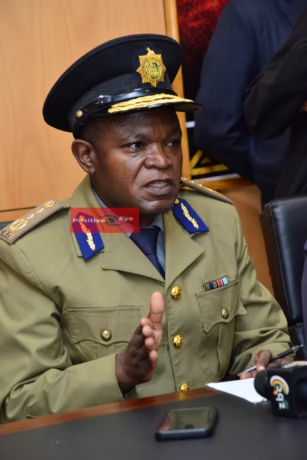
It was not just a fashion show, it was a statement.
At the ZANU PF National People’s Conference in Manicaland, the Women’s League transformed the runway into a stage of political artistry, pride, and purpose. Beneath the rhythm of ululations and colour lay something far more profound, a fabric woven with the threads of empowerment and the essence of Vision 2030.

The Women’s League Fabric, proudly paraded by women from across the provinces and the Diaspora, carried the story of resilience and renewal. It became a moving metaphor for the journey of Zimbabwean women, stitched in tradition, styled in progress. From the 18 to 35 Diaspora category to the 50 plus veterans, the competition celebrated more than beauty, it honoured identity, unity, and the rising influence of women in shaping the national narrative.
When Cde Enesi Tigere from Bulawayo walked away with the top prize in the 50 plus years category, her triumph symbolised continuity between generations, proof that wisdom and grace still define leadership. Cde Advocate Ndati Chavhunduka’s victory in the 36 to 49 years class echoed a different tone, that of confidence and purpose. The young winners, led by Cde Irene Tsodzo and Cde Felly S. Mutsakami, brought a modern rhythm to the movement, reminding everyone that the future of the Women’s League is youthful, creative, and unstoppable.

The event was graced by Honourable Monica Mutsvangwa and Honourable Sithembiso Nyoni, both of whom have been long-time champions of women’s empowerment and economic inclusion. Their presence underscored the significance of the Women’s League as a pillar of national development and a driving force behind community transformation.
But perhaps what made the event extraordinary was its layered message. The League’s regalia drew admiration even from men, not merely for its colour but for its conviction. The fabric, emblazoned with the image of President Emmerson Dambudzo Mnangagwa, carried both artistic and patriotic weight. To wear it was to wear loyalty, a visible declaration of faith in leadership and belief in the national vision. It represented a collective identity that binds the party and the people, showing that patriotism can be expressed not just in speech, but in attire that tells the Zimbabwean story.
This national material has grown beyond cloth, it is a cultural emblem that promotes unity, pride, and economic empowerment. It celebrates the nation’s capacity to produce, to design, and to value its own, in line with the President’s call for value addition and local production. To wear it is to belong, to affirm Zimbabwe’s heritage and the power of its women to carry the nation’s vision on their shoulders and in their fabric.
In a quiet yet powerful gesture, the Female Council of Elders, Cdes Idah Mashonganyika, Maina Mandava, and Edna Madzongwe, were honoured, bridging past and present in a single act of gratitude. Twenty National Consultative Assembly members were also recognised, completing a circle of appreciation that defined the spirit of the occasion.
What unfolded in Manicaland was not a simple fashion display, it was a manifesto draped in elegance. Through design, dignity, and discipline, the ZANU PF Women’s League reminded the nation that empowerment can be both political and beautiful. In every fold of that fabric shimmered the promise of a Zimbabwe where women do not just wear the vision, they become it.




